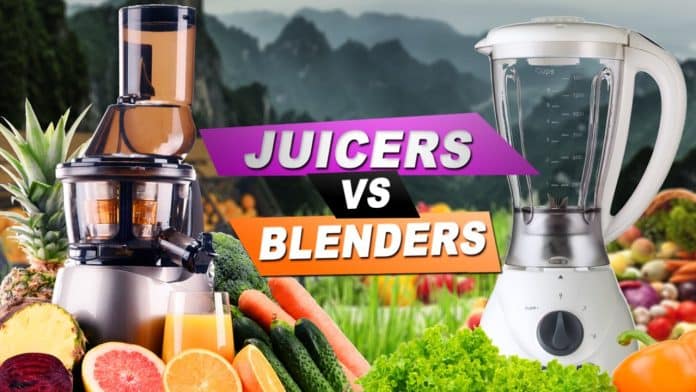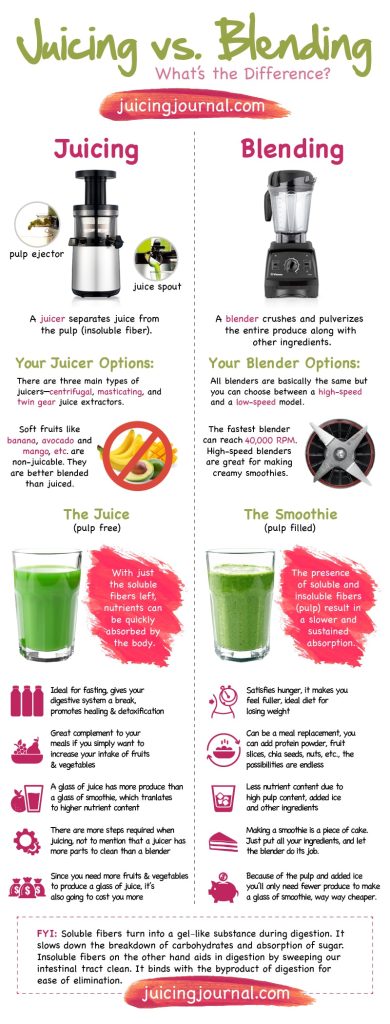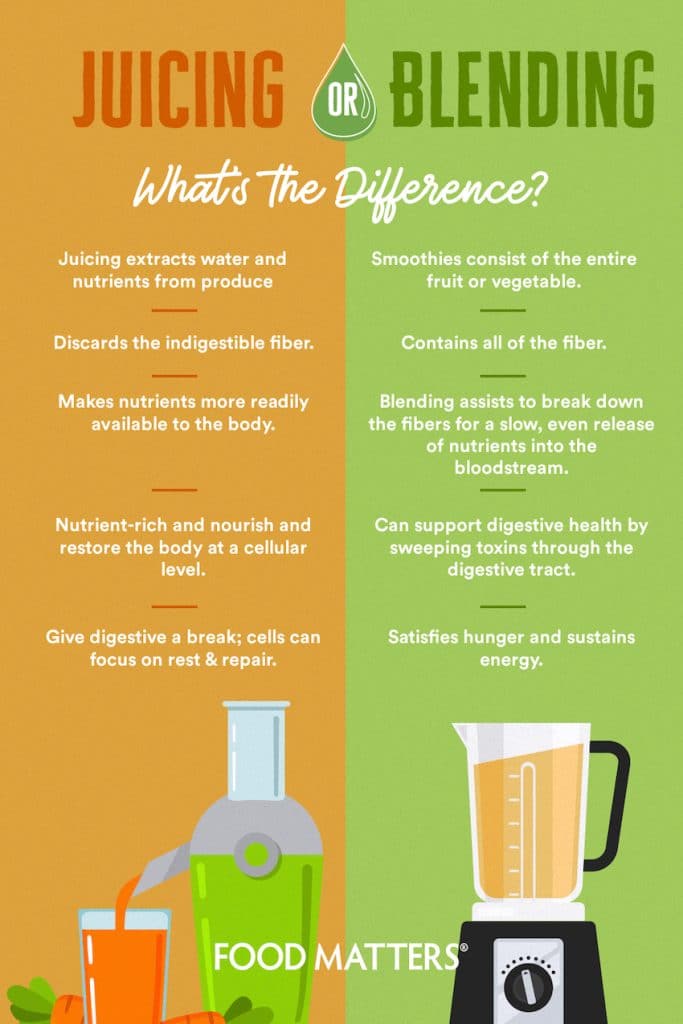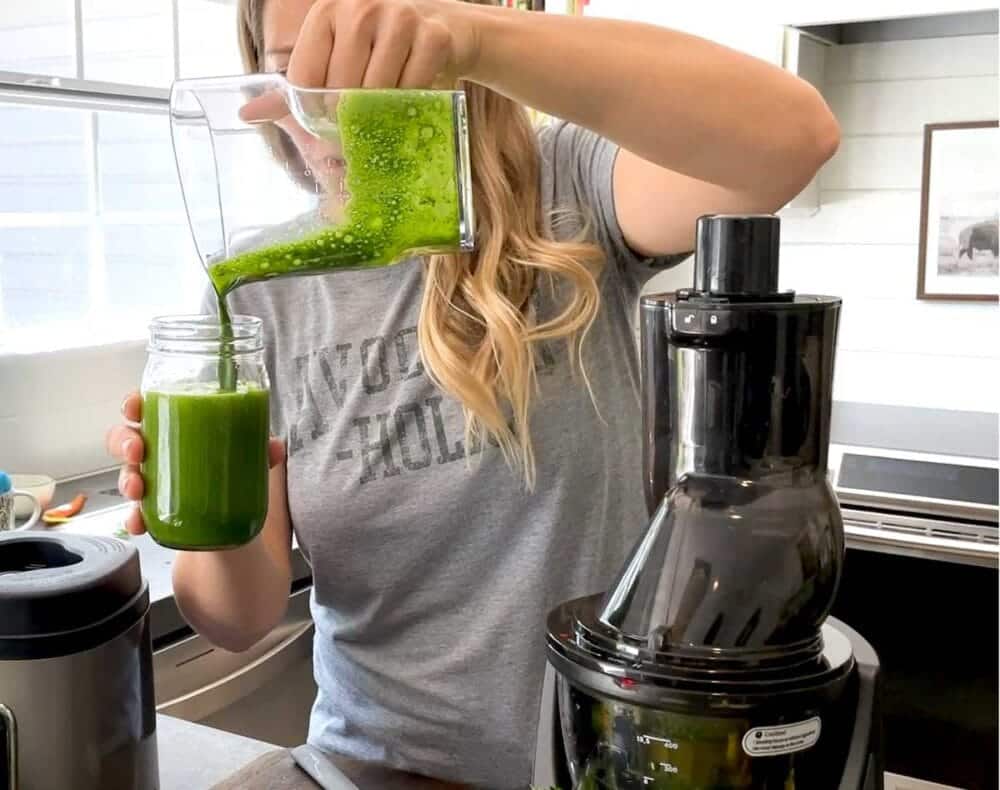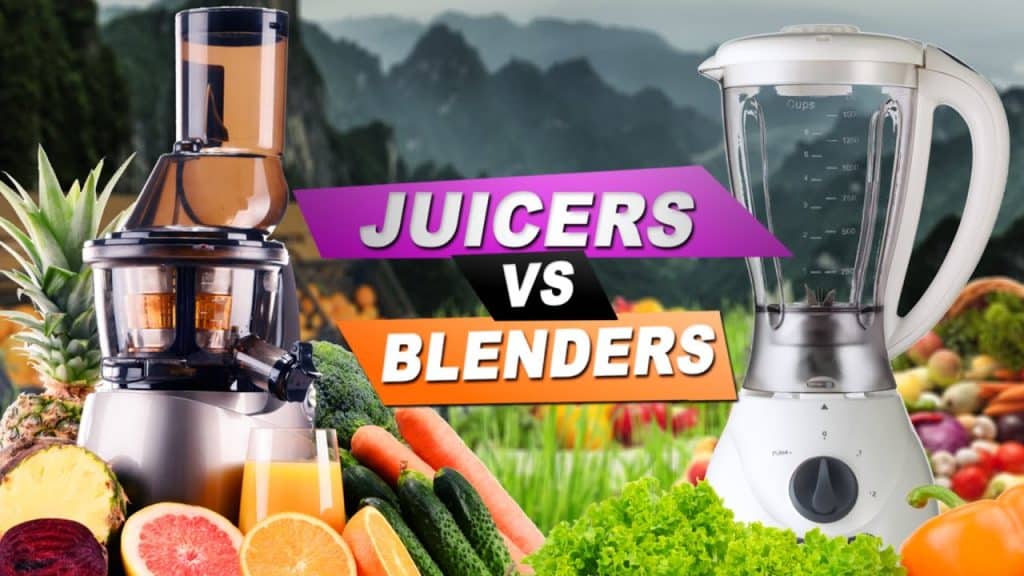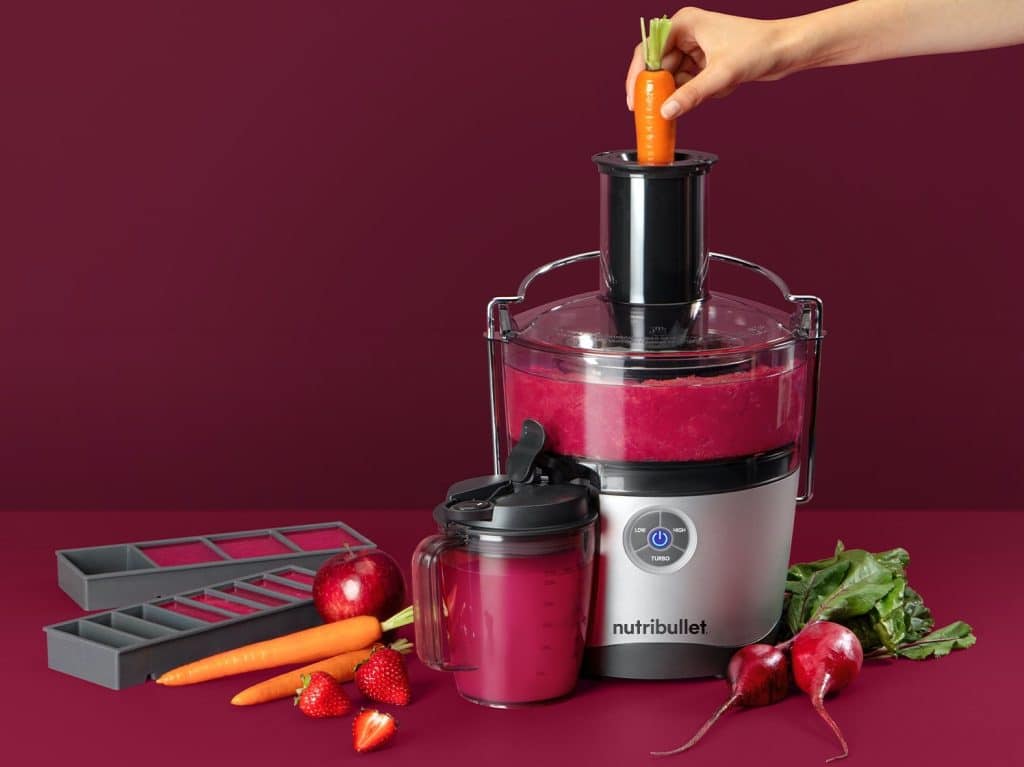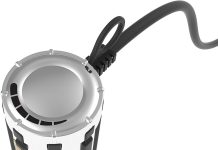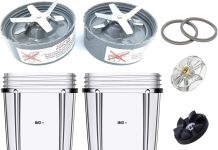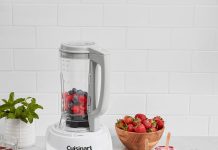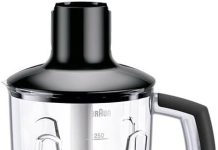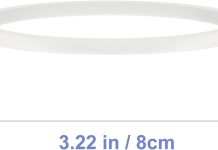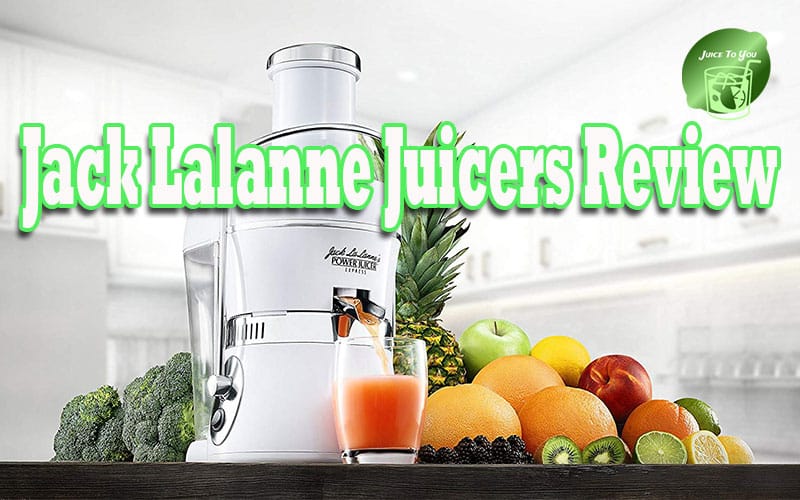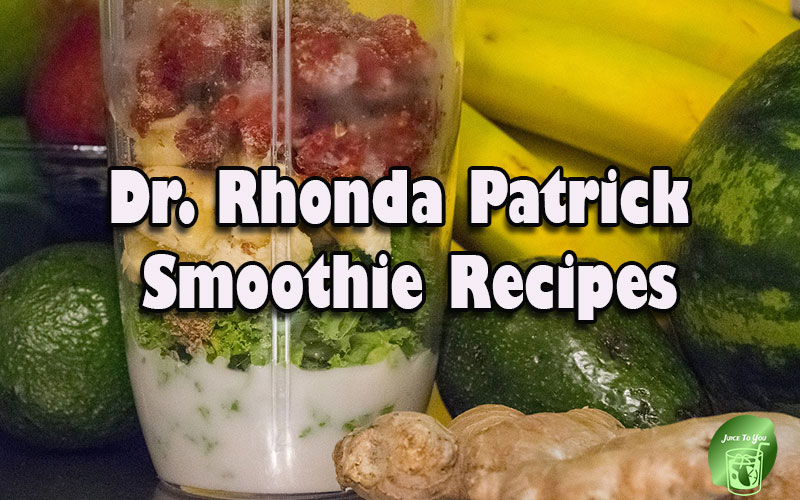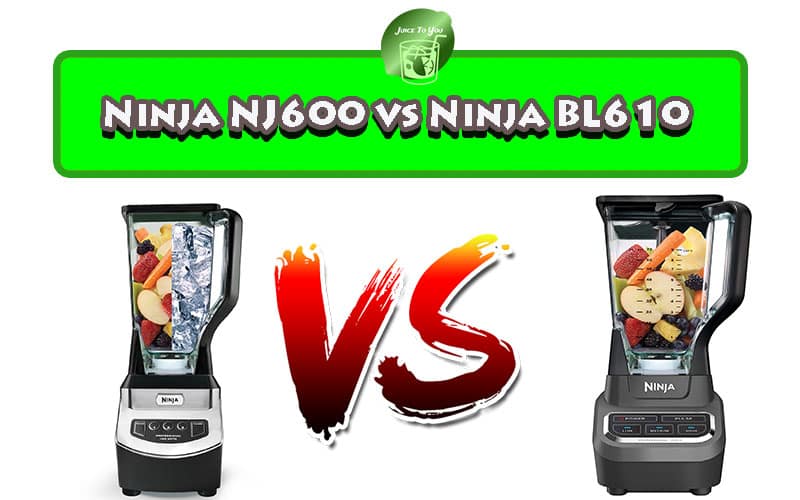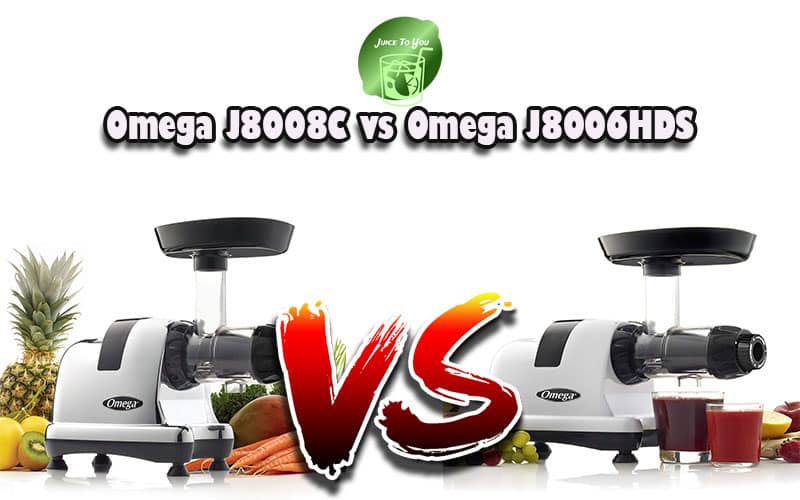Have you ever wondered which option is healthier, a juicer and a blender?
We all want to make the best choices for our health, and when it comes to getting our daily dose of fruits and vegetables, it can be challenging to determine which method is superior.
In this article, we will explore the benefits of juicing and blending and help you decide which is healthier.
Review contents
Juicer vs Blender
Definition of a juicer
A juicer is a kitchen appliance designed specifically for extracting the juice from fruits and vegetables. It typically separates the pulp and fiber from the liquid, producing smooth and concentrated juice.
Definition of a blender
A blender, on the other hand, is a versatile appliance that can be used for a variety of purposes, including making smoothies, soups, sauces, and even crushing ice. It blends all the ingredients, including the pulp and fiber, resulting in a thicker and more filling drink.
Nutrient Content and Absorption
Juicer’s effect on nutrient content
When using a juicer, the fruits and vegetables are processed to separate the liquid extract from the pulp. This separation allows for a higher concentration of nutrients in the juice. However, some heat and oxidation may occur during the juicing process, which can lead to a slight loss of certain nutrients.
Blender’s effect on nutrient content
Blending fruits and vegetables in a blender retains all the fiber and pulp, resulting in a thicker consistency. While the nutrient content remains relatively unchanged, the high fiber content may make it harder for some nutrients to be absorbed by the body.
Comparing nutrient absorption
Although the nutrient content may be similar between juicing and blending, the absorption of nutrients can vary. The body more easily assimilates juices because the fiber has been removed, allowing for quicker absorption of nutrients into the bloodstream. However, the fiber in blended drinks slows down digestion, which can enhance nutrient absorption over a more extended period.
Fiber Content
Juicer’s impact on fiber content
One of the drawbacks of using a juicer is that it removes the fiber from fruits and vegetables. While this may result in a smoother and more easily digestible juice, it significantly reduces the overall fiber content. Fiber is essential for a healthy digestive system, promoting regular bowel movements and helping to maintain stable blood sugar levels.
Blender’s impact on fiber content
Blending fruits and vegetables retains the fiber-rich pulp, making it an excellent option for those looking to increase their fiber intake. This can aid in digestion, promote satiety, and help regulate blood sugar levels. However, the high fiber content may make blended drinks thicker and may not be preferred by those looking for a smoother and more liquid consistency.
Juice vs Smoothie
Benefits of drinking juice
Drinking juice provides a concentrated dose of nutrients in an easily digestible form. It allows for quick absorption of vitamins, minerals, and phytonutrients, giving you an instant boost of energy and promoting overall health and vitality. Juices are also excellent for cleansing and detoxifying the body, as they can help flush out toxins and promote a more alkaline environment.
Benefits of consuming smoothies
Smoothies provide a more balanced and filling option compared to juices. With the fiber intact, smoothies can help regulate blood sugar levels, promote satiety, and aid in digestion. They provide a slower release of nutrients, keeping you fuller for longer and avoiding energy crashes. Smoothies are also a great way to incorporate a wider variety of ingredients, such as nuts, seeds, and yogurt, which can further enhance the nutritional content.
Health Benefits
Specific health benefits of juicing
Juicing can offer a range of health benefits. The concentrated nutrients in juices can boost the immune system, improve digestion, aid in detoxification, and promote glowing skin. Moreover, juicing can help with weight management, improve nutrient absorption for those with digestive issues, and provide a convenient way to consume various fruits and vegetables.
Specific health benefits of blending
Blending fruits and vegetables provides similar health benefits but with the added advantage of retained fiber. The fiber in blended drinks supports healthy digestion, reduces the risk of constipation, and helps control cholesterol and blood sugar levels. Additionally, blending allows for a broader range of ingredients, such as leafy greens, nuts, and seeds, contributing to better overall nutrition and a more robust immune system.
Weight Loss
Juicing for weight loss
Juicing has gained popularity as a weight loss tool due to its low-calorie and high-nutrient content. Consuming a variety of fresh juices can improve satiety, reduce cravings, and provide the body with essential vitamins and minerals. Juices can also act as natural appetite suppressants, making them a valuable addition to a weight loss regimen.
Blending for weight loss
Blended drinks, such as smoothies, can also play a role in weight loss. The fiber in smoothies helps to keep you feeling fuller for longer, reducing the need for snacking between meals. Additionally, including ingredients like protein powder, healthy fats, and greens can help balance blood sugar levels and support sustainable weight loss efforts.
Digestive Health
Juicer’s effect on digestion
The absence of fiber in juices may lead to a faster digestion process, which can benefit those with sensitive digestive systems or certain digestive conditions. Juices can provide relief from bloating, improve nutrient absorption, and give the digestive system a break from processing fiber-heavy foods. However, individuals with healthy digestive systems may benefit from the fiber content in whole fruits and vegetables.
Blender’s effect on digestion
Blended drinks can support overall digestive health due to their high fiber content. The fiber aids in regulating bowel movements, preventing constipation, and nourishing the beneficial bacteria in the gut. Blended drinks can also help individuals with slower digestion by providing a more easily broken-down form of nutrients.
Convenience and Time
Ease of use with a juicer
Using a juicer can be a relatively straightforward process. Simply feed the fruits and vegetables into the juicer, and the machine extracts the juice while separating the pulp. However, some juicers may require additional time and effort for cleaning, as the pulp can get stuck in various parts of the machine.
Ease of use with a blender
Blenders are known for their convenience and simplicity. Fruits, vegetables, and other ingredients can easily be added to the blender jar, and with the push of a button, a smoothie or blended drink is ready in minutes. Cleaning a blender is usually a quick and straightforward process, with just the need to rinse the blades and jar.
Variety and Creativity
Juicer’s ability to create variety
Juicers can create a wide variety of juices by combining different fruits, vegetables, and even herbs. This allows for endless possibilities for flavor combinations and customized recipes to suit individual tastes and preferences. Juicers also enable juice extraction from certain fruits and vegetables that may not be easily consumed in their whole form.
Blender’s ability to create variety
Blenders offer even greater versatility when it comes to creating a variety of drinks. They can blend fruits and vegetables, nuts, seeds, dairy or plant-based milk, and various flavorings. This versatility allows for creating smoothies, shakes, soups, and sauces, offering a more comprehensive range of taste, texture, and nutritional content options.
Cost and Maintenance
Juicer’s cost and maintenance
Juicers can vary in price depending on their type and functionality. Centrifugal juicers are typically more affordable while masticating juicers are more expensive. Maintenance may also vary, with some juicers requiring more thorough cleaning and occasional part replacements. However, with proper care and regular cleaning, a juicer can last for many years.
Blender’s cost and maintenance
Blenders are generally more affordable than juicers, with various price options. Maintenance is straightforward, with most blenders requiring simple cleaning after each use. Blades may need to be replaced over time, but blenders are durable and can withstand regular usage without significant maintenance requirements.
In conclusion, both juicing and blending can offer numerous health benefits, each with its own unique advantages. Juicing provides a concentrated dose of nutrients and allows for quick absorption, making it ideal for a quick nutrient boost and detoxification.
On the other hand, blending retains the fiber content, promoting healthy digestion and providing a more filling option. Ultimately, the choice between a juicer and blender depends on individual preferences, health goals, and lifestyle factors.
So whether you prefer a refreshing juice or a satisfying smoothie, both options can contribute to a healthy and balanced diet.
Qcen Juicer Machine, 500W Centrifugal Juicer Extractor with Wide Mouth 3” Feed Chute for Fruit Vegetable, Easy to Clean, Stainless Steel, BPA-free (Black)
$37.43 in stock
Juicer Machine, 600W Juicer with 3.5” Wide Chute for Whole Fruits and Veg, Juice Extractor with 3 Speeds, BPA Free, Easy to Clean, Compact Centrifugal Juicer Anti-drip
$35.89 in stock
Hamilton Beach Juicer Machine, Big Mouth Large 3” Feed Chute for Whole Fruits and Vegetables, Easy to Clean, Centrifugal Extractor, BPA Free, 800W Motor, Black
Magic Bullet Mini Juicer with Cup, Black and Silver
$49.96 in stock
Juicer Machines, Juilist 3" Wide Mouth Juicer Extractor Max Power 800W, for Vegetable and Fruit with 3-Speed Setting, 400W Motor, Easy to Clean, BPA Free
$46.99 in stock
8 used from $31.15
Juicer Machines, HOUSNAT Juicer Whole Fruit and Vegetables with 3-Speed Setting, Upgraded Version 400 W Motor Quick Juicing, Cleaning Brush and Juicing Recipe Included
$37.99 in stock
Juicer Machine, 500W Juicer with 3” Wide Mouth for Whole Fruits and Veg, Centrifugal Juice Extractor with 3-Speed Setting, Easy to Clean, Stainless Steel, BPA Free
$37.59 in stock
3 used from $37.21

